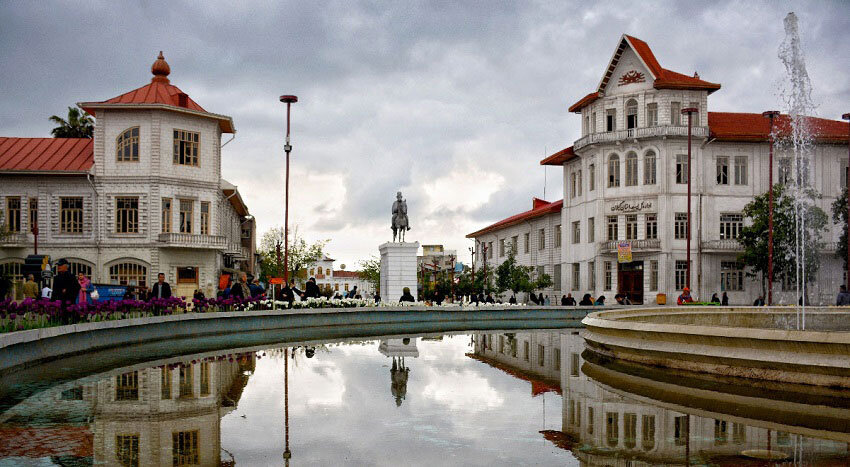Gilan’s rich history is a tall pillar of tourism, official says

TEHRAN –The historical capacity of the northern province of Gilan would contribute to the region’s tourism economic prosperity, the provincial tourism chief has said.
A unique resource such as the 3,000 historical monuments scattered throughout the province is a potential source of tourism that could benefit the region’s tourism economy, Vali Jahani explained on Wednesday.
The restoration and renovation of these historical monuments are one of the top priorities of the province’s tourism directorate, the official added.
Gilan is known for its tourist attractions and warm-hearted and hospitable people. The people of Gilan from different ethnic groups, including Gilak, Talesh, and Tat, have come together and formed a very rich and diverse culture and customs.
The northern region was within the sphere of influence of the successive Achaemenian, Seleucid, Parthian, and Sasanian empires that ruled Iran until the 7th century CE. The subsequent Arab conquest of Iran led to the rise of many local dynasties, and Gilan acquired an independent status that continued until 1567.
Besides, its sophisticated capital city of Rasht has long been a weekend escape for residents of Tehran who are looking to sample the famous local cuisine and hoping for some pluvial action–it's the largest and wettest town in the northern region. Gilan is divided into a coastal plain, including the large delta of Sefid Rud and adjacent parts of the Alborz range.
Back in September, the World Travel & Tourism Council (WTTC) announced that Iran ranked 19th out of 185 countries in the 2021 Travel & Tourism Total Contribution to the GDP Index.
The Islamic Republic comes 19th with $48.1 billion in the 2021 Travel & Tourism Total Contribution to GDP Index, standing between South Korea and Switzerland, which were ranked 18th and 20th with GDP contributions of $48.8 billion and $44.5 billion, respectively.
Earning $33.3 billion, Iran was ranked 16th in the 2021 index for Domestic Visitor Spending, standing between Russia and the Philippines, which fetched $39.6 billion and 32.8 billion correspondingly.
In 2019, Iran was ranked 17th in the same index, with $37.1 billion of income generated by domestic visitor spending.
Before the COVID pandemic, Iran's tourism had constantly been growing, reaching more than eight million visitors in the Iranian calendar year 1398 (started March 21, 2019). That surge, however, helped prejudices to become thick and thin.
However, Iran’s trump card is that the country benefits from a wide variety of travel destinations ranging from seacoasts and lush green woods to towering mountains and harsh deserts. As a wallet-friendly destination with hospitable people, Iran has long been a desired destination for nature lovers, birdwatchers, powder chasers, culture devotees, pilgrims, museum-goers, foodies, adventurers, and medical travelers, to name a few.
Mass COVID-19 vaccinations, consecutive fam tours for foreign tour operators, easing travel procedures, and fresh strategies, altogether, suggest Iran is determined to experience a tourism rebound with a greater reliance on its numerous tourist spots of which 26 are UNESCO World Heritage, above all, its welcoming people.
ABU/AM

Leave a Comment